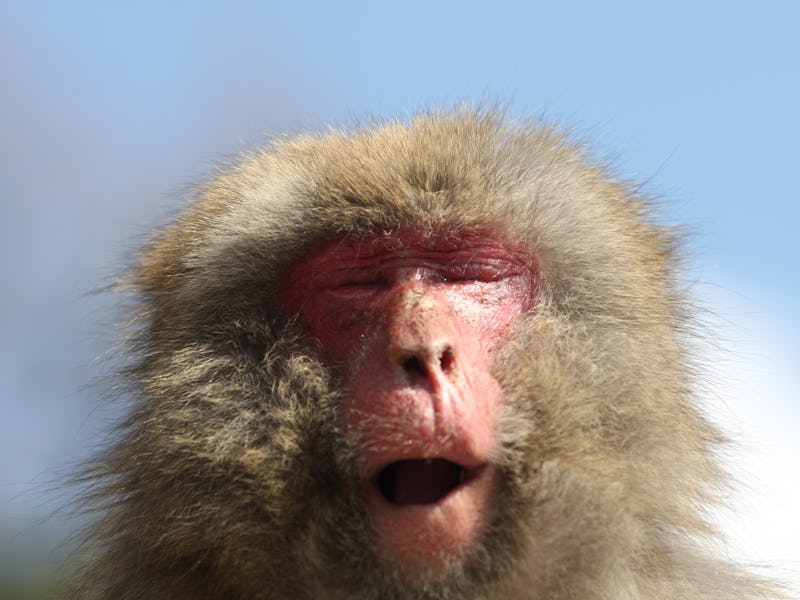MIT Researchers Discover Sneeze Mechanism Through Slow-Motion Videos
Just cover your mouth.

Cover your mouth! According to a new study from researchers at MIT, your sneezes carry saliva further than we previously thought, and it’s not just an even spray either.
“As a person sneezes, they launch a sheet of fluid that balloons, then breaks apart in long filaments that destabilize, and finally disperses as a spray of droplets, similar to paint that is flung through the air.”
The researchers used slow-motion videos to record over 100 different sneezes and found the unexpected similarity by comparing the couple of milliseconds after each sneeze.
From the paper, "Visualization of sneeze ejecta: steps of fluid fragmentation leading to respiratory droplets," by B. E. Scharfman, A. H. Techet, J. W. M. Bush, L. Bourouiba.
The study also determined that the extent of the fluid breakup is related to the sneezer’s saliva — the more viscous the spit, the less far it traveled. So those with elastic fluid may be “super spreaders” who may be particularly susceptible to spreading disease due to their wide-ranging saliva.
“It’s important to understand how the process of fluid breakup, or fluid fragmentation, happens,” Lydia Bourouiba, the Esther and Harold E. Edgerton Assistant Professor and head of the Fluid Dynamics of Disease Transmission Laboratory told MIT News. “What is the physics of the breakup telling us in terms of droplet size distribution, and the resulting prediction of the downstream range of contamination?”
“We expected to see droplets coming out fully formed from the respiratory tract. It turns out that’s not the case at all," said Professor Lydia Bourouiba, a co-author of the paper.
People sneeze as a reflex when their bodies think a foreign particle may be trying to invade. While the authors of the recent study do not speculate on why the body dispels saliva in the balloon formation that they describe, it seems likely that the balloon discharge is more effective at expelling possible invaders than a simple spray. Think of sneezing into the wind: A spray is just going to end up back in your face, risking transmission once again, but if the saliva stays together in a sheet, it might break through the current and end up making it out of your vicinity.
Questions about the study’s implications may abound, but there is absolutely no doubt that this work is important. Bourouiba said she hopes that understanding the physics of sneezes will improve our ability to track disease transmission.
“One of the important goals I have for the lab is to tackle cold and influenza,” said Bourouiba. “Sometimes the symptoms are difficult to distinguish. In the coming year, at different cold and influenza seasons, we will be recruiting human subjects whom we can work with to see them in infection and in health.”
Now, because you can’t be bothered to cover your mouth when you sneeze, a whole of team of researchers at MIT have to get sneezed on by sick people for the sake of science. You are disgusting.